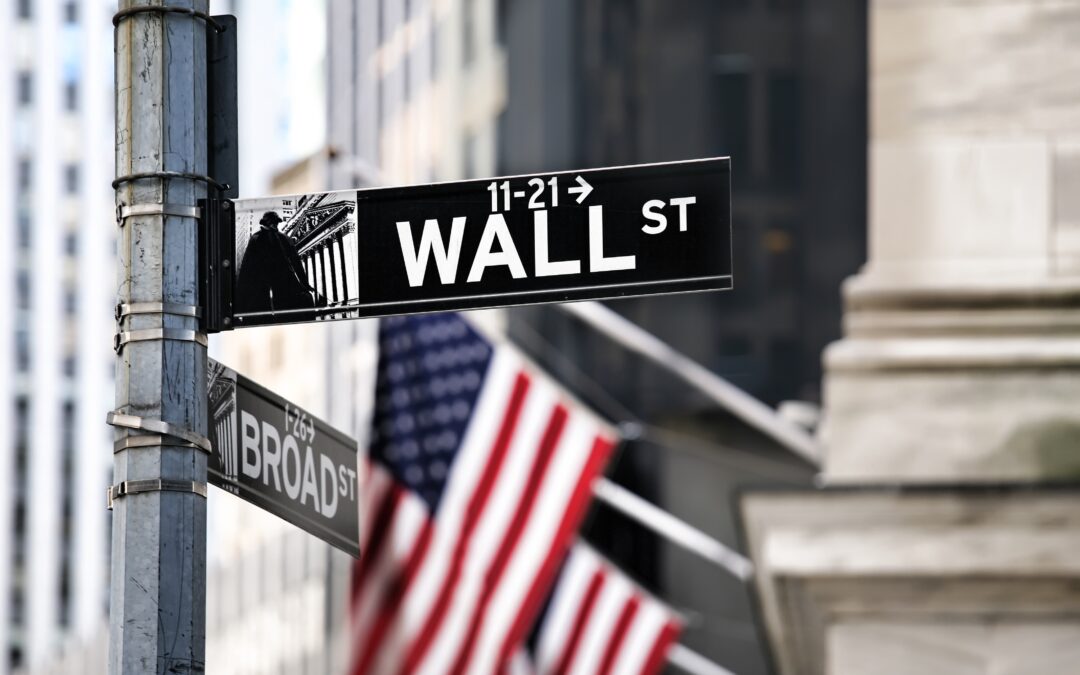Wall Street fears impact stock prices whether those fears are founded or not. Fear-induced panics and crashes go as far back as 1907 when a global financial crisis was caused by a failure to manipulate the copper market. If it weren’t for J.P. Morgan and other private bankers who used their own money to bailout trust companies in New York City, the financial system would have collapsed. The panic of 1907 eventually led to the creation of the Federal Reserve System.
We looked back in time because there is a familiar ring behind a current Wall Street fear. Two companies allegedly hid debt and manipulating collateral to secure loans and J.P. Morgan was one of the investment bankers impacted. In a nutshell, hundreds of millions in bad loans were made by investment banks and regional banks to auto-parts supplier First Brands that recently filed for bankruptcy. In addition, Tricolor, a sub-prime lender, filed for Chapter 7. Both companies are being investigated for fraud.
The collective losses are huge and still being counted. J.P. Morgan reported a $170 million write off in the third quarter because of their association with Tricolor. Jefferies disclosed a $715 million loss to First Brands while UBS reported a hit of $500 million. Fifth Third, Zions, and Western Alliance were impacted as well. Wall Street fears over the losses caused a sell-off which resulted in the market tanking. Although the market rebounded a day later, the incident resulted in a loss of faith in private lenders and regional banks.
Why is Wall Street worried? The impact of fraudulent financial activity can be long-lasting and devastating. In 1907, the New York Stock Exchange fell 50% from its peak the year before. Although the market recovered within weeks, the economic recession went on until June of 1908. The collapse of First Brands and Tricolor doesn’t mean a recession is inevitable. But investors have concerns and with good reason.
